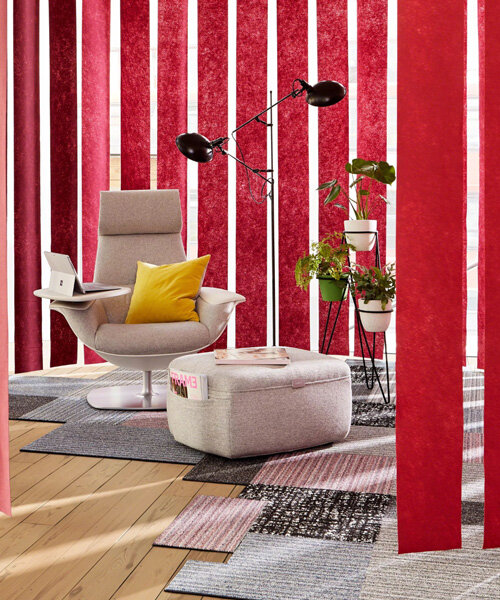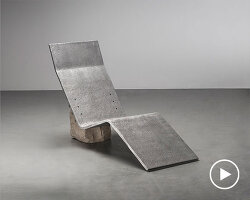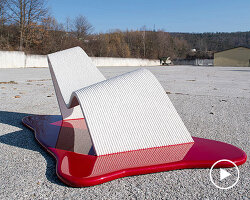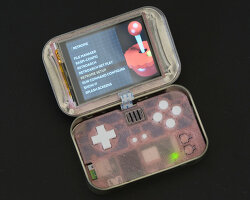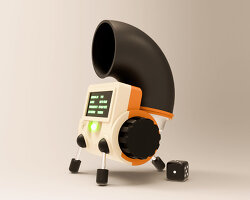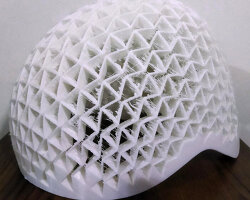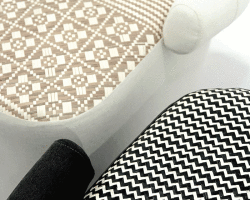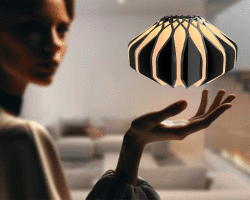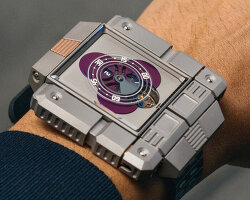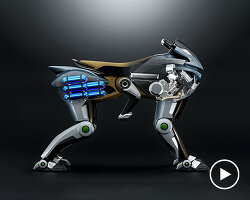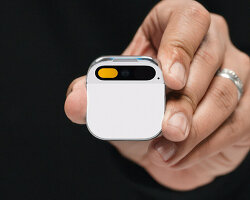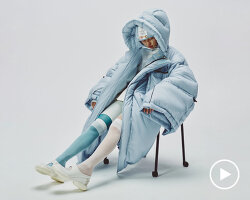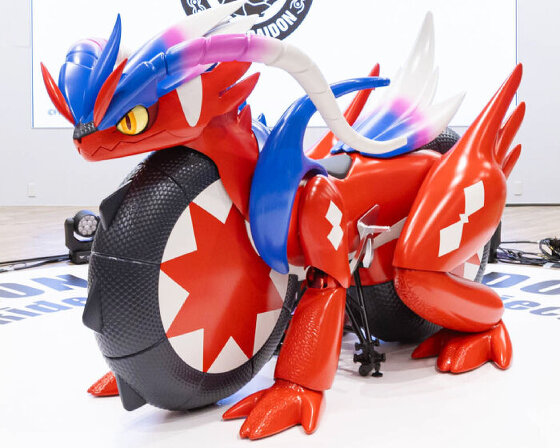Anouk Wipprecht creates ScreenDress with wearable eyes
Dutch designer Anouk Wipprecht explores the intersection of fashion and technology. She devised a spider dress that protects the wearer’s personal space and a cage dress that discharges one million volts of electricity. Now, she created a 3D-printed dress with wearable eyeballs that move depending on the brain activity, unveiled during the Ars Electronica Festival which runs between September 6th and 11th, 2023 in Linz, Austria.
The mind-controlled digital eyes measure the cognitive load and activity of the wearer in real-time, showing them how much stimulus their brain receives at the moment. The 3D-printed dress with moving eyes aims to show the direct correlations between the wearer’s actions and how their brain reacts to the series of movements they make. The mind-controlled 3D-printed dress named ‘ScreenDress’ functions through a brain-computer interface.
The chipsets inside each eyeball – engineered with Medical Engineering GmbH – are connected to the electroencephalogram sensor that records the brain activity. The ensemble is produced using PTC’s Onshape design software and printed with HP Inc. Overall, the software interface employs machine learning to estimate the wearer’s mental workload, and the six circular displays extending from the garment’s sculpted neckpiece then show the workload in real-time.
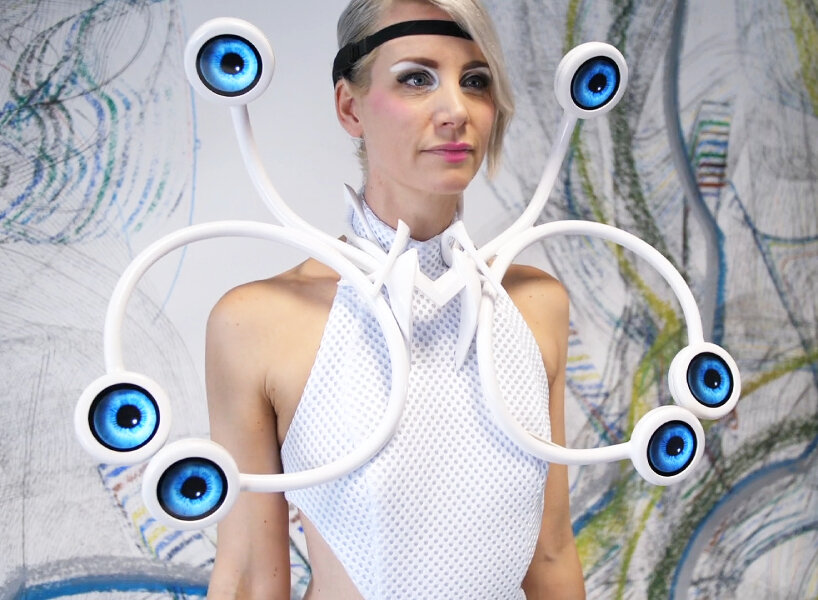
video stills by Anouk Wipprecht
3d-printed dress with moving eyes detects brain activity
The EEG sensor that comes with the 3D-printed dress with moving eyes is a new 4-channel BCI headset called Unicorn Headband. Anouk Wipprecht collaborated with NeuroTech company g.tec to develop the headband with machine-learning software. Before it estimates mental workload, the wearable device is tuned to each wearer during a two-minute training session when they first wear the dress. As the wearer’s mental workload increases, each eye’s iris and pupil dilate wider.
Anouk Wipprecht says that ‘with electronics becoming smaller and smaller, the possibilities became endless at the beginning of this century. What I have been trying to do for the past 20 years is to connect our bodies to electronics, robotic fashion design, and wearable interfaces. However, what does it mean when we can connect technological-expressive garments to our bodies, body-signals and even emotions? What dialogues can we trigger? This is what I am exploring with designs like these.’
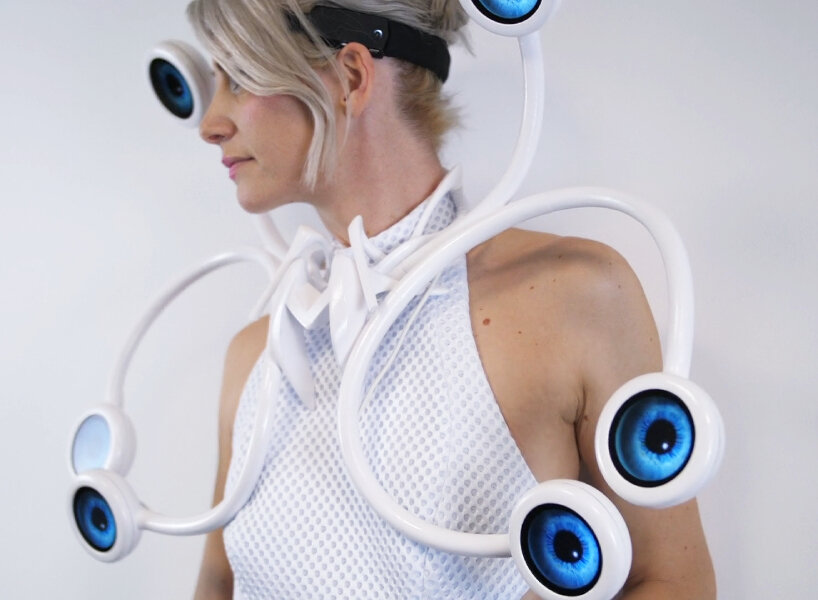
Anouk Wipprecht’s 3D-printed dress with moving eyes is named ScreenDress
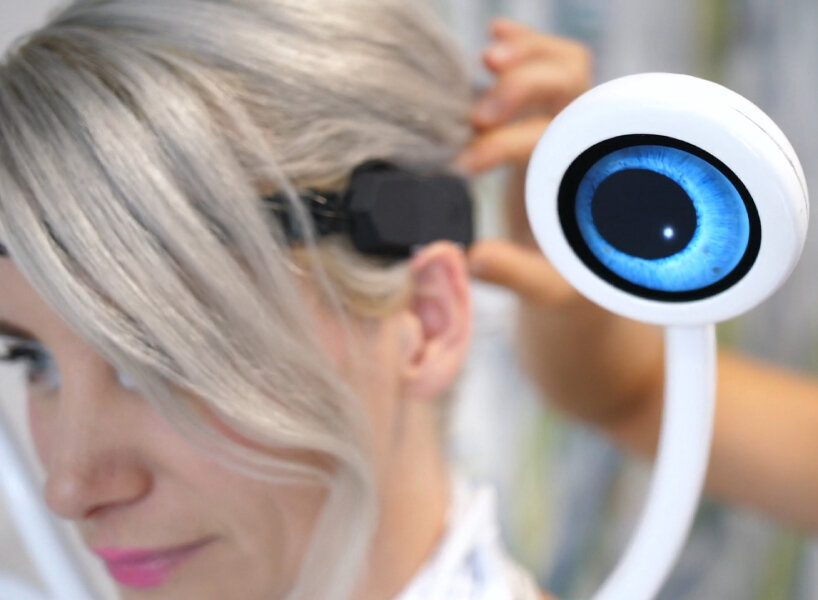
as the wearer’s mental workload increases, each eye’s iris and pupil dilate wider.
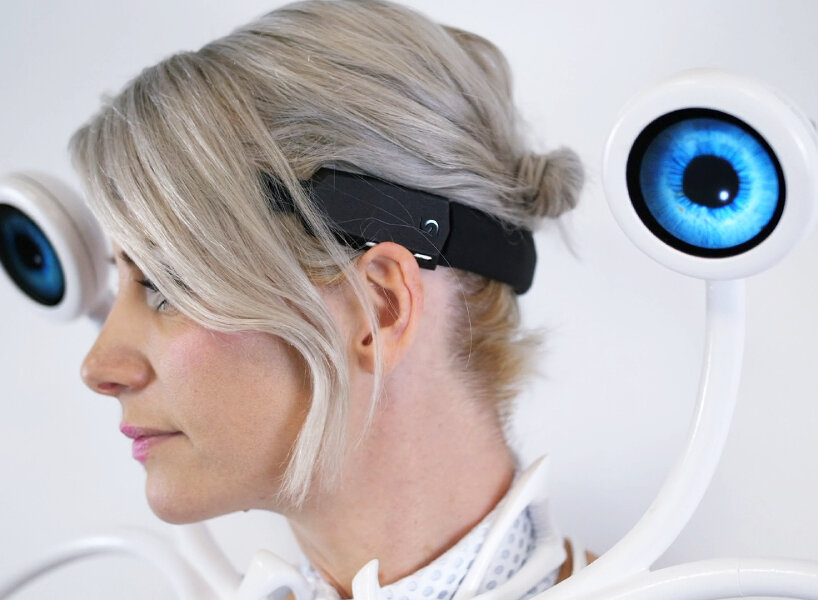
a headband is attached to the wearer which detects the brain activity
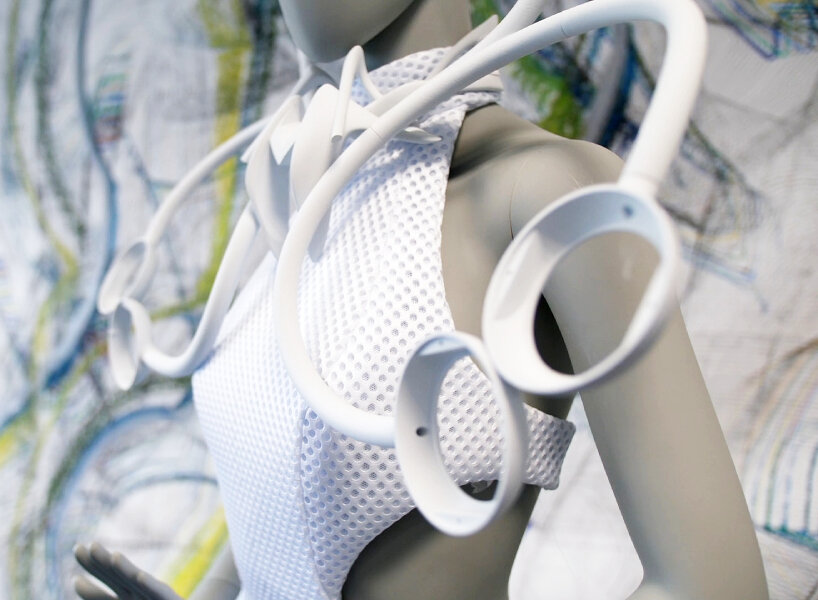
the six circular displays extend from the 3D-printed garment’s sculpted neckpiece
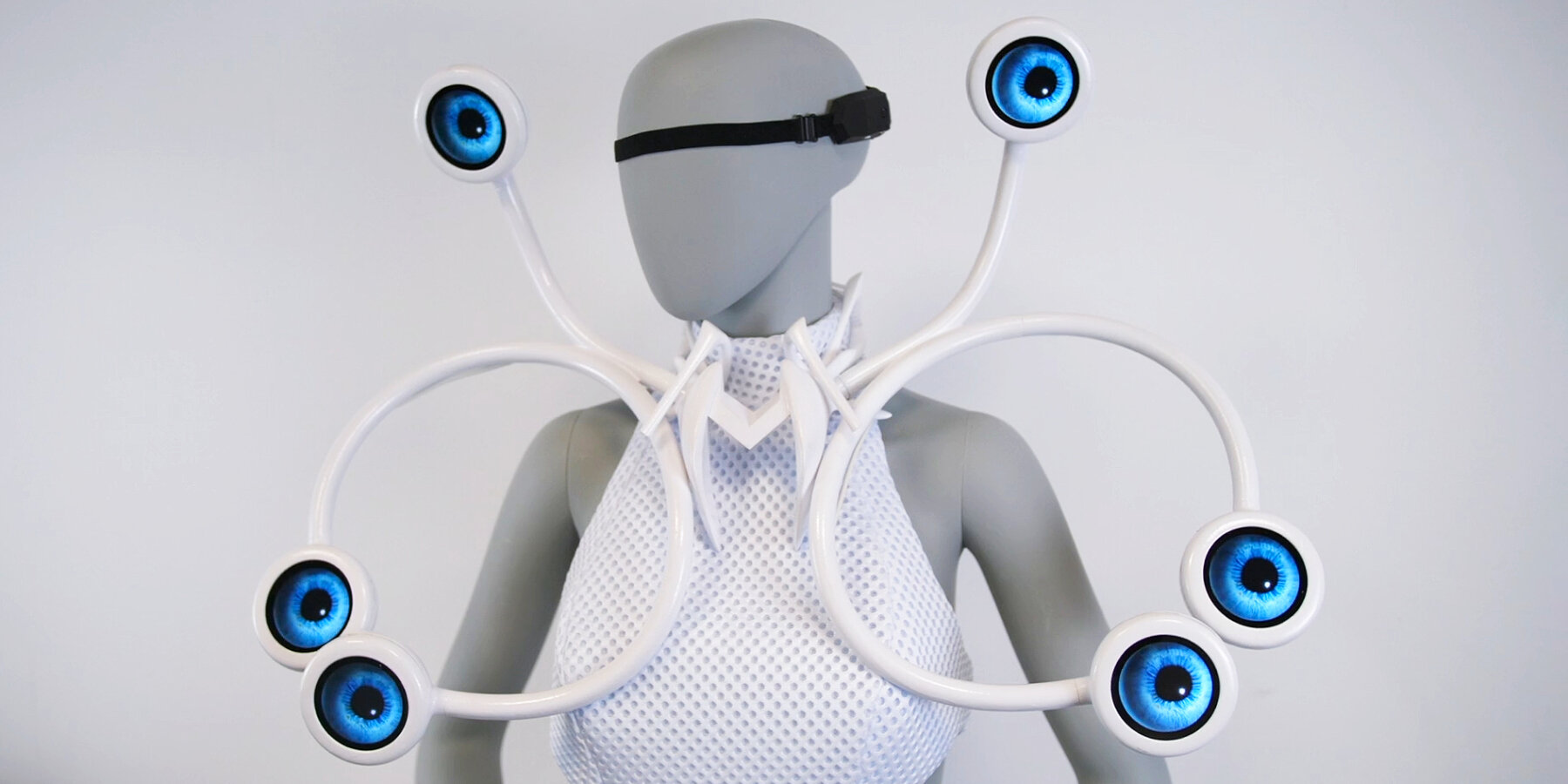
Anouk Wipprecht’s ScreenDress, a 3D-printed dress with moving eyes
project info:
name: ScreenDress
designer: Anouk Wipprecht
headband: g.tec Medical Engineering GmbH
printer: HP Inc. Multi Jet Fusion 5420W
